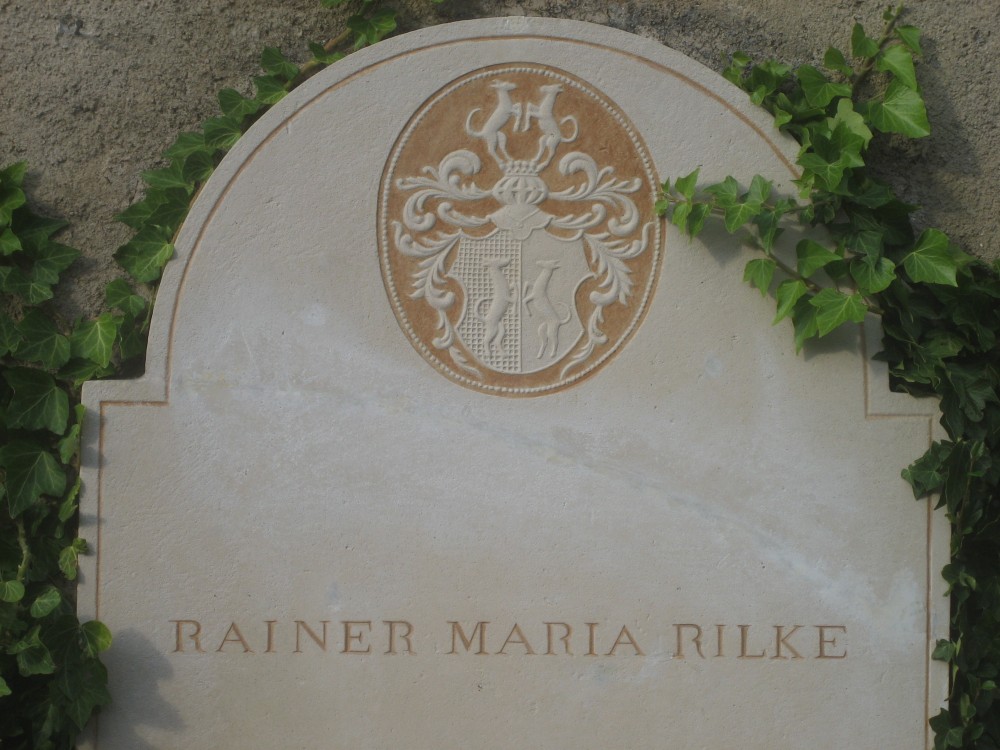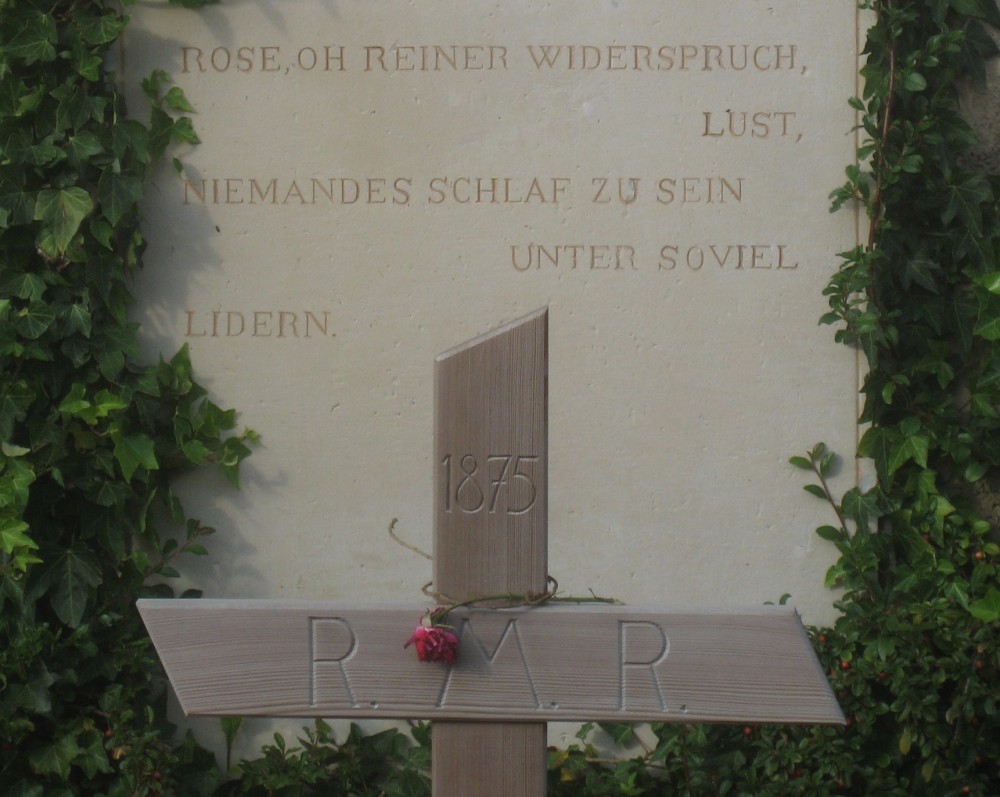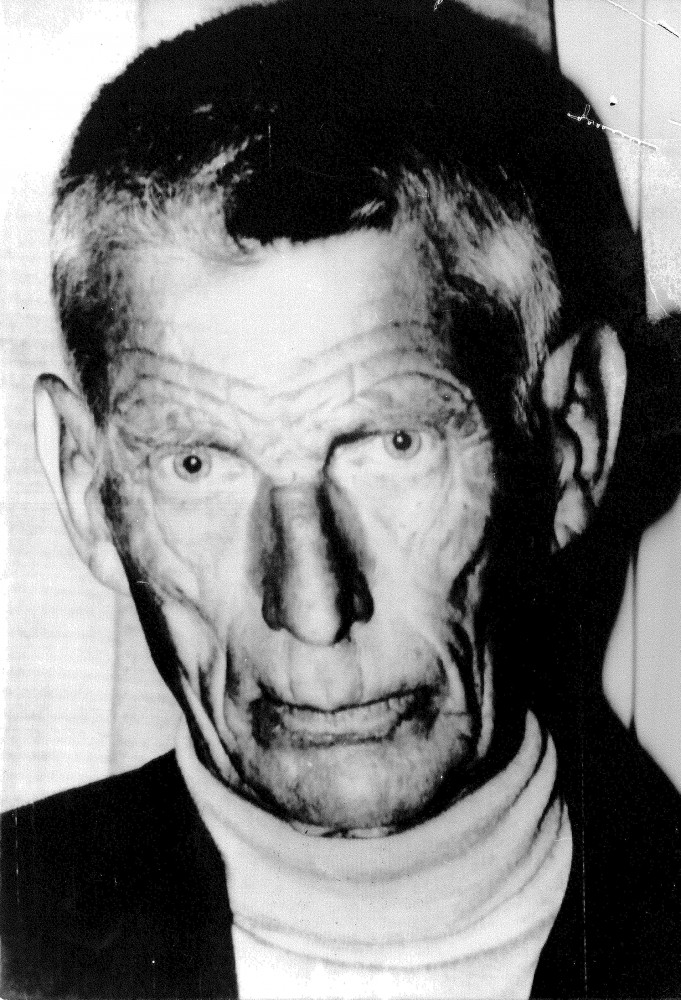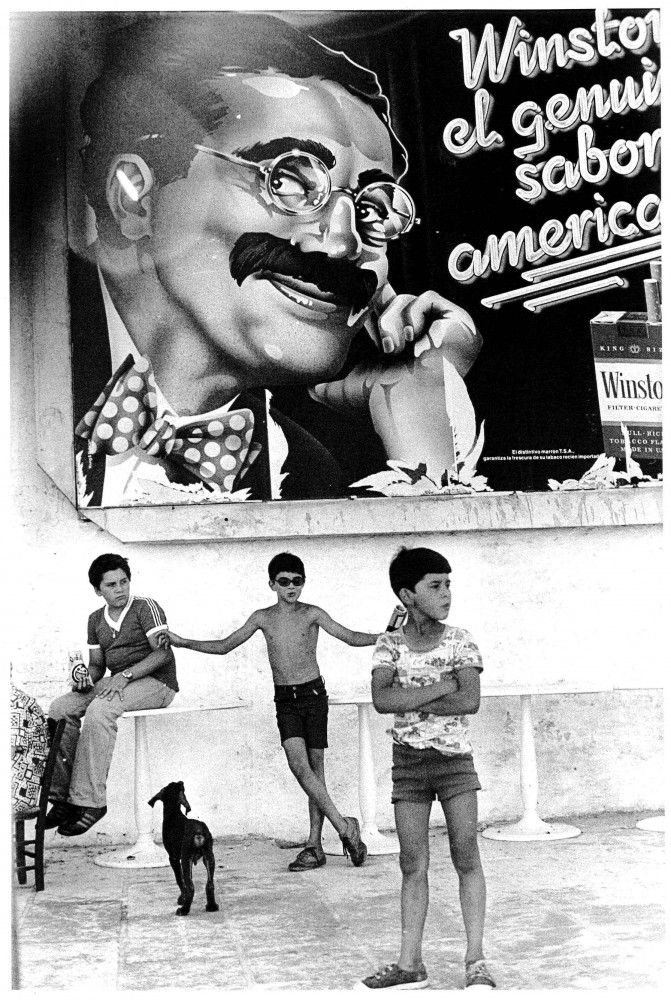I came across Rainer Maria Rilke’s grave by accident, driving through the Valais late on a hot September Sunday. The grape harvest was in but the Indian summer seemed to be going on and on. To get to the village of Raron on the northern slope of the valley you come off the road at Turtig and cross the river Rotten, which becomes the Rhone at Sierre.
The village, which takes the moniker Rilkedorf, is charmingly tucked under the church perched above it on an outcrop of rock. There is a small museum. Big fleecy sheep struggled in the heat and flocked under the shadows of the trees. The lambs were turning into hoggets. The slopes were alive with running water. There was a crisp smell of oxidised vine leaves on the mountain air. The poet composed the Duino Elegies and many of the Sonnets to Orpheus in the Chateau de Muzot, near Veyras in the Valais in 1921-22. His grave is up against the south-facing chapel wall, and looks across to the Weisshorn and the passes south to Italy. It bears an ivy-fringed inscription which reads:
|
Rose, oh reiner Widerspruch, Lust, |
Rose, oh pure contradiction, delight |









